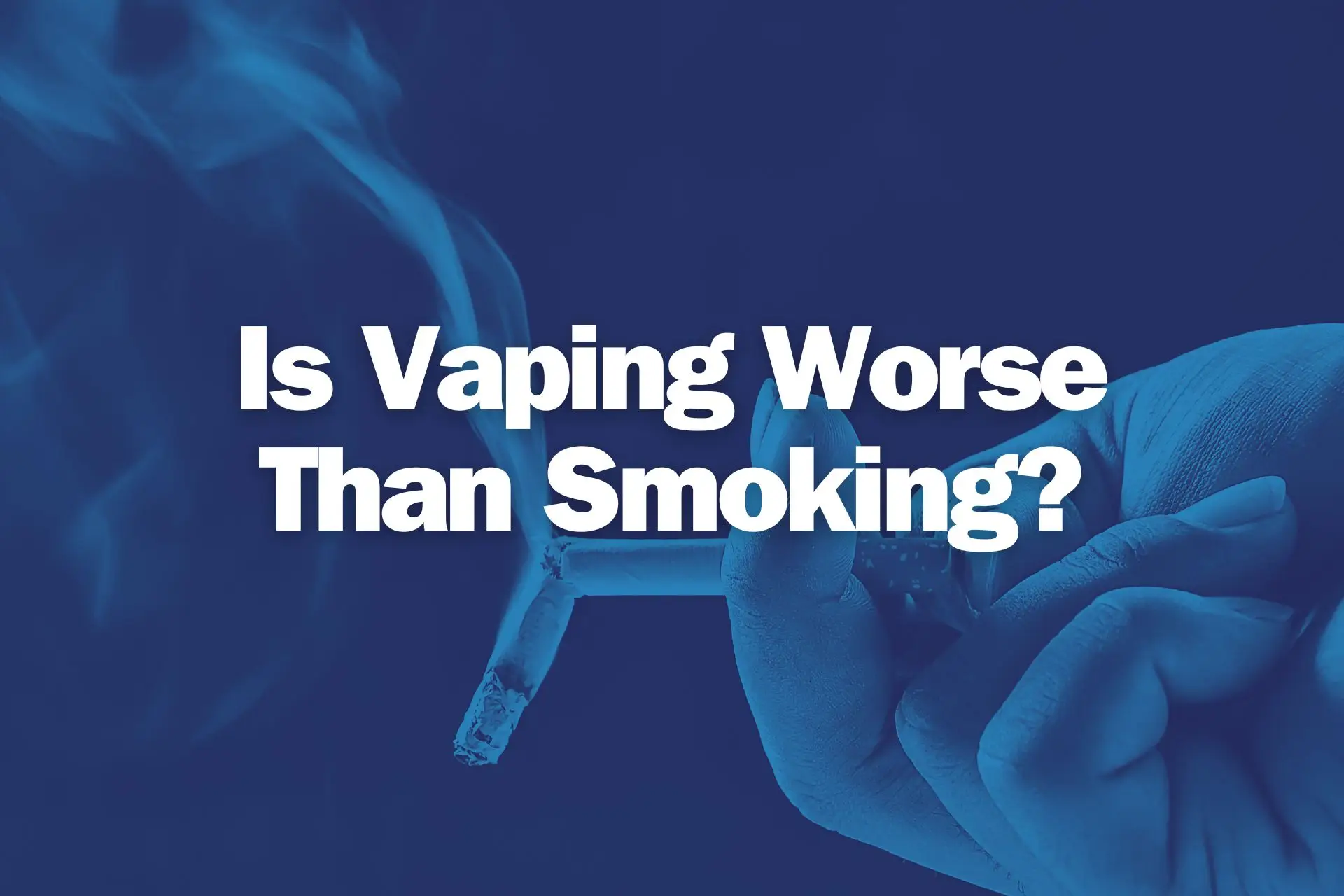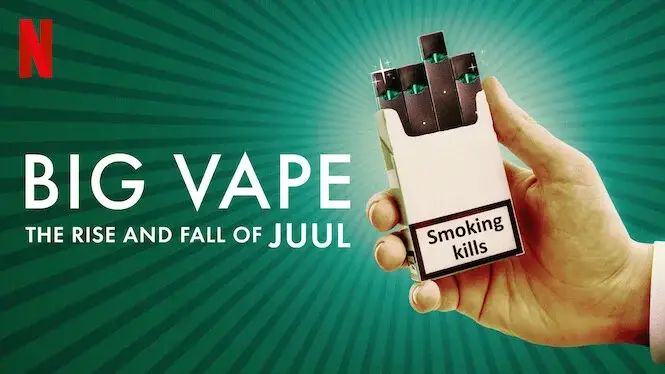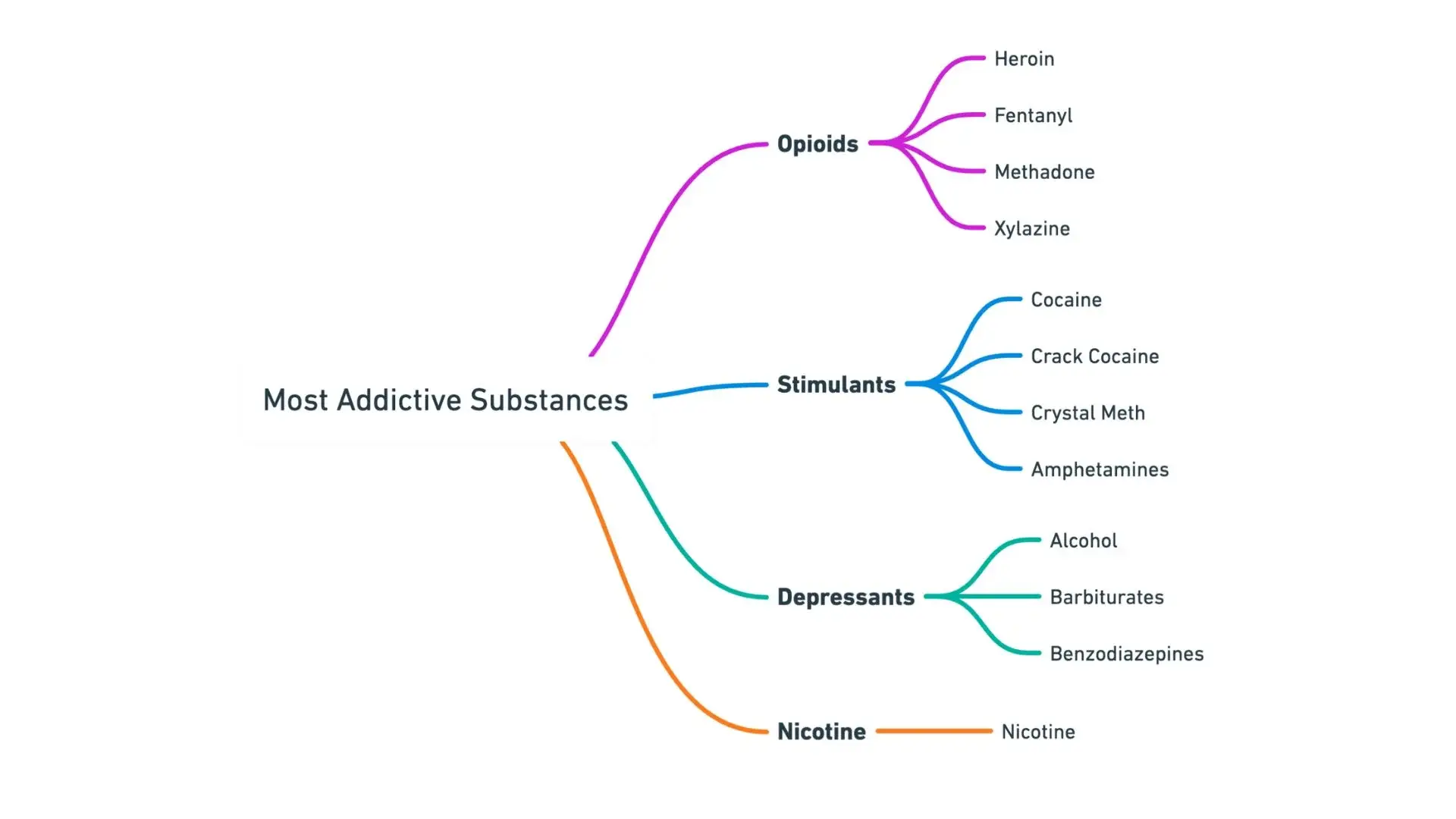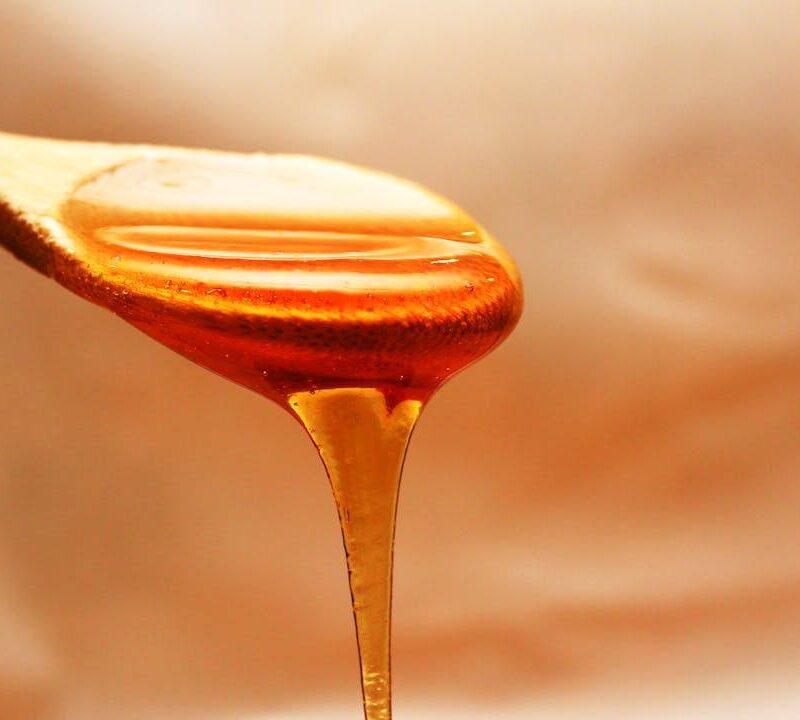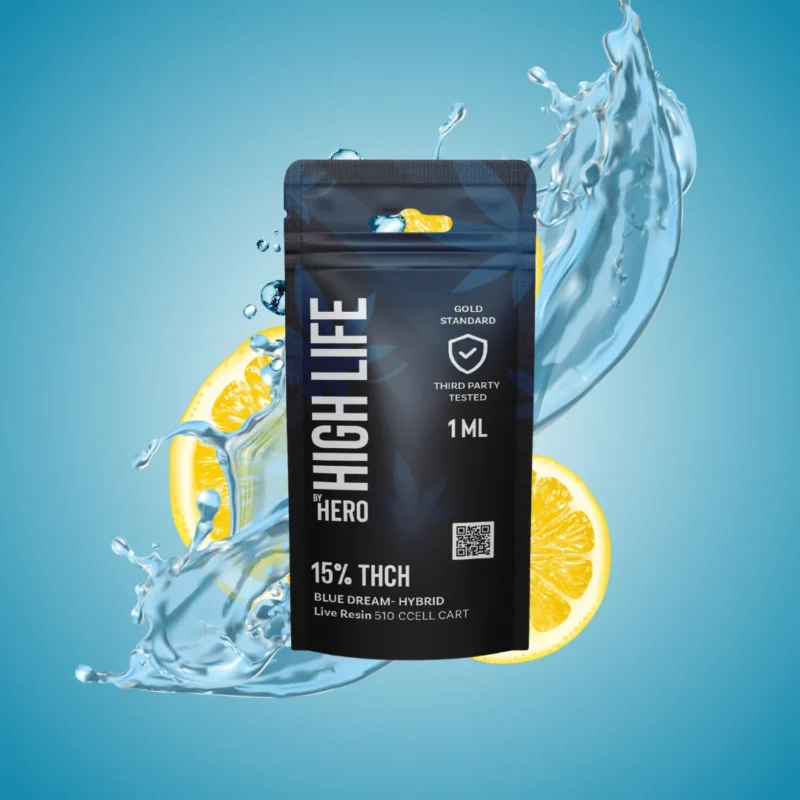Introduction
The conversation around smoking has shifted with the rise of vaping, a popular practice that’s sparked debate in public health. Vaping, seen as a cleaner alternative to smoking, involves inhaling vapor from electronic devices, containing substances like nicotine and flavors. This discussion focuses on nicotine vaping compared to traditional smoking, examining their health implications. We won’t cover nicotine-free or cannabinoid-containing vaping products, as they’re a different category, often viewed as less risky than nicotine options.
This post will explore the health effects of nicotine vaping versus smoking, using scientific evidence and considering societal and regulatory views. We’ll also touch on the role of nicotine and tobacco-free vaping options, especially those with cannabinoids, acknowledging their relevance in the search for safer smoking alternatives.
A few opening words on vaping, nicotine addiction, and more…
Vaping has grown incredibly popular since the early 21st century and vaping has become a term that is now commonly known to everyone. Scientists are divided on whether vaping is actually a healthier alternative or not but a relatively new study states that vaping is substantially less harmful than regular smoking. The study, which comes from the Institute of Psychiatry, Psychology & Neuroscience (IoPPN) at King’s College London, has concluded that the use of vaping products instead of smoking regular cigarettes leads to a marked reduction in exposure to toxins that cause cancer, lung diseases and cardiovascular diseases.
At the same time, despite this study, there are several researchers around the world who believe that it is too early to determine whether it is actually a better alternative or not, which may seem strange considering how dangerous and bad cigarettes definitely are. However, these researchers believe that vaping has not been around long enough to be able to draw conclusions about how it affects people in the longer term, which is certainly not a completely crazy idea; this logic can be applied to a great deal of products and foods of various kinds that are consumed today. Nobody knows for sure how your smartphone will have affected your health in the long term, because smartphones are a rather new phenomenon. So far so good for smartphones however, there isn’t much concern that its radiation would cause problems long term for an average human — whether that is true or not we will eventually find out.
Back to vaping and whether it’s worse than smoking, anyway. We can state that there are two different camps; those who absolutely and with the help of research claim that it is a better alternative to smoking, and those who believe that more time must pass before we can actually determine what applies.
The Rise and Fall of Juul
If you’re on Netflix, chances are you’ve seen the docuseries “Take a Hit of ‘Big Vape: The Rise and Fall of Juul” that tells the dramatic story of Juul, an e-cigarette company that was once a symbol of Silicon Valley success and was valued at $38 billion in 2018, just three years after its launch. The documentary series “Big Vape: The Rise and Fall of Juul” explores how the company’s innovation went from financial peaks to devastating falls. Based on the book “Big Vape: The Incendiary Rise of Juul” by Time health correspondent Jamie Ducharme, the series takes a look at Juul’s rapid rise and fall, including their collaboration and later problems with the tobacco industry, and questions their rapid success possibly became their downfall. Through interviews with former employees, investors and “teenagers,” “Big Vape” provides a multifaceted look at Juul’s meteoric rise and equally stunning fall.
In the United States, vaping has caused a great stir and on a political level vaping has been criticized of the fact that vapes in particular have drawn young people into destructive behavior. What is interesting about vaping and other controversial products — because it is to some extent a controversial product — is that the focus is directly directed at younger people. That the risk of it spreading among young people is a predominant reason for states working against it or trying to ban it altogether. It is an argument that can and must be debated, the fact is that whether it concerns cigarettes, alcohol or vaping, none of this is aimed at minors or young people. There are also regulations and laws in play to prevent minors from accessing or using products like this whatsoever.
Heroin & Nicotine, Are They On The Same List?
Clearly, a downside of vaping, cigarettes, or other potentially health-hazardous products cannot be 100% guaranteed to never people who should not be consuming them. We see this problem recurring everywhere, especially with alcohol. In fact, alcohol is basically not good for our health, young or old, in any form or quantity. Only heroin, cocaine and crack cocaine come before alcohol in the ranking of most harmful and addictive substances. Still, new brands continue to flood the alcohol market and alcohol is portrayed as a social thing. Alcohol is obviously deeply rooted in human culture and goes back thousands of years, which is also the strongest argument for why it is so socially accepted and continues to be sold, consumed and spread widely around the world.
On the list in the source linked above, there is no marijuana and no cannabinoids, but we see nicotine in 12th place.
Another study estimated that people who use cannabis have about a 10% probability of becoming addicted.
Section 1: Understanding Vaping and Smoking
Subsection 1.1: What is Vaping?
Vaping involves inhaling aerosol, commonly referred to as vapor, produced by electronic cigarettes (e-cigarettes) or other vaping devices. These devices heat a liquid — which usually contains nicotine, flavorings, and other chemicals — to create a vapor that the user inhales. Vaping devices range from pen-like e-cigarettes to more advanced personal vaporizers, known as mods. Unlike traditional smoking, vaping does not involve burning tobacco, a key distinction that has fueled its rise as an alternative to smoking.
Subsection 1.2: What is Smoking?
Smoking refers to the act of inhaling and exhaling the smoke produced by burning tobacco in cigarettes, cigars, and pipes. It’s a practice that has been linked to numerous health issues, primarily due to the combustion of tobacco, which releases thousands of chemicals, many of which are toxic and can cause cancer, heart disease, and respiratory problems. The global burden of diseases caused by smoking has prompted widespread public health campaigns aimed at reducing tobacco use.
Subsection 1.3: Key Differences
The fundamental difference between vaping and smoking lies in the chemical process involved. Smoking requires combustion, which releases a complex cocktail of chemicals, whereas vaping relies on heating a liquid to generate vapor. This distinction is critical in the debate over health implications, as the absence of combustion in vaping is often cited as a reason it may be less harmful than traditional smoking. However, the presence of nicotine in many vaping liquids raises concerns about addiction and other health risks.
Section 2: Health Impacts
Subsection 2.1: Effects of Smoking
The health effects of smoking are well-documented and universally acknowledged as harmful. Smoking is a leading cause of cancer, heart disease, stroke, lung diseases, diabetes, and chronic obstructive pulmonary disease (COPD), including emphysema and chronic bronchitis. Additionally, smoking contributes to reduced immunity, poorer reproductive health outcomes, and increased risk of rheumatoid arthritis. The combustion of tobacco releases over 7,000 chemicals, hundreds of which are toxic and at least 69 known to cause cancer. The global health burden of smoking-related diseases is massive, with millions of deaths annually attributed to smoking.
Subsection 2.2: Side Effects of Vaping with nicotine
Vaping containing nicotine, though marketed as a less harmful alternative to smoking, carries its own set of health risks and side effects. Common side effects include irritation of the throat and mouth, coughing, and in some cases, shortness of breath and nausea. The long-term effects are still under investigation, but emerging research suggests potential risks to cardiovascular health, respiratory function, and development of addiction. Nicotine, irrespective of the delivery method, is highly addictive and can have adverse effects on brain development in adolescents.
Subsection 2.3: Is Vaping Nicotine Worse Than Smoking Nicotine?
The question of whether vaping is worse than smoking is complex and cannot be answered definitively given the current state of research. Most health experts agree that vaping is likely less harmful than traditional smoking, primarily because it does not involve tobacco combustion, which is responsible for many of the harmful effects of smoking. However, this does not mean vaping with nicotine is safe. The presence of nicotine and other chemicals in vaping liquids, and the potential for lung injury associated with some vaping practices, necessitates a cautious approach. The long-term health effects of vaping are still being studied, and more research is needed to understand the full implications of its use.
Section 3: Societal and Cultural Impacts
Subsection 3.1: Public Perception
The public perception of vaping varies widely, with some viewing it as a safer alternative to smoking and others as a concerning new trend that could lead to nicotine addiction among youth. The marketing of vaping products, particularly those with appealing flavors, has raised concerns about their potential to attract young people, leading to nicotine addiction at an early age. This has sparked debates about the regulation of vaping products and the need to balance adult smokers’ access to less harmful alternatives with the imperative to protect youth.
Subsection 3.2: Regulation and Control
The regulation of vaping products varies by country, with some adopting strict controls similar to those for tobacco products, while others have less stringent regulations. The European Union, for example, has comprehensive legislation under the Tobacco Products Directive, which includes standards for safety, quality, and packaging of vaping products. Such regulations aim to ensure public safety, prevent youth access, and provide smokers with safer alternatives to tobacco. The regulatory landscape reflects the ongoing debates and research regarding the health implications of vaping.
Section 4: Alternatives and Solutions
Subsection 4.1: Nicotine and Tobacco-Free Options
In the search for safer alternatives to smoking, nicotine and tobacco-free vaping products, particularly those containing cannabinoids, have emerged as promising options. These products do not contain nicotine, reducing the risk of addiction and other nicotine-related health issues. Furthermore, they do not involve the combustion of tobacco, potentially offering a less harmful way to enjoy the sensory aspects of vaping without the significant health risks associated with traditional smoking and nicotine vaping.
Subsection 4.2: The Role of Cannabinoids
Cannabinoid-containing vapes, which are outside the scope of the nicotine vaping vs. smoking debate, represent an innovative area of interest for those seeking alternatives to traditional tobacco products. While more research in certain cases is needed to fully understand them, these products do not contain nicotine, thereby eliminating the risk of nicotine addiction. They offer a different experience, focused on the potential benefits and uses of cannabinoids. It’s important to approach the discussion of cannabinoid vapes with a commitment to compliance with EU health legislation, emphasizing that while they present a novel option, consumers should be informed and cautious, recognizing the need for further research.
The debate over vaping vs. smoking and the side effects of each has highlighted the complexities of navigating public health in the age of alternative nicotine delivery systems. While vaping with nicotine is generally considered less harmful than traditional smoking, it is not without risks, and the call for more research is a common refrain among health experts. The distinction between nicotine vaping and tobacco-free, cannabinoid-containing options is crucial, with the latter offering a potentially safer alternative that merits attention and study, within the bounds of regulatory frameworks and health guidelines.
The mission toward understanding and mitigating the risks associated with nicotine consumption is ongoing, with each step forward informed by research, regulation, and a nuanced understanding of the diverse products on the market.
FAQ Section
Q1: Is vaping safer than smoking cigarettes?
A1: Most health experts agree that vaping is likely less harmful than smoking cigarettes because it does not involve tobacco combustion. However, vaping with nicotine, is not risk-free, and long-term health effects are still under investigation.
Q2: What are the main side effects of vaping with nicotine?
A2: Common side effects include throat and mouth irritation, coughing, shortness of breath, and nausea. Nicotine addiction and potential impacts on cardiovascular and respiratory health are also concerns.
Q3: Can vaping help me quit smoking?
A3: Some individuals use vaping as a tool to quit smoking, but effectiveness varies. It’s important to approach vaping as a cessation tool with caution and consider other proven methods and support for quitting smoking.
Q4: Are nicotine-free vaping products completely safe?
A4: While nicotine-free vaping products eliminate the risks associated with nicotine, they are not without potential risks, and more research is needed to fully understand their health implications.
Q5: How does vaping affect lung health compared to smoking?
A5: Vaping is generally considered to have a lower impact on lung health compared to smoking due to the absence of tobacco combustion. However, cases of lung injury associated with vaping highlight the need for caution and regulation.
The debate goes on, and on, and on
Given the comprehensive coverage of the topic in the sections above, it’s clear that the debate surrounding vaping vs. smoking, particularly with nicotine, is multifaceted. The exploration of health impacts, societal perceptions, regulatory landscapes, and the potential of alternatives like nicotine and tobacco-free vaping products provides a broad understanding of the current state of knowledge and the gaps that remain.
Moving forward, the conversation about vaping, especially with nicotine, and traditional smoking will undoubtedly remain hot. This field presents an ongoing challenge for public health professionals, policymakers, and consumers alike, striving to balance harm reduction with the prevention of new health risks. The role of cannabinoid-containing vaping products as a separate category within this discourse underscores the diversity of the vaping landscape and the importance of nuanced, evidence-based approaches to its regulation and use.
Key Takeaways from Vaping and Smoking with Nicotine
The key takeaway is the importance of informed decision-making. Whether for individuals considering vaping as an alternative to smoking or for those exploring nicotine and tobacco-free options, access to accurate, up-to-date information is crucial. For policymakers and health advocates, the imperative is to continue supporting research that can fill the existing knowledge gaps, particularly regarding the long-term effects of vaping and the potential of alternatives like cannabinoid-containing products.
The distinction between nicotine-containing and nicotine-free vaping products is especially relevant in discussions about harm reduction and public health strategies. As this blog post has emphasized, while nicotine vaping presents certain risks and warrants cautious consideration, the sector of nicotine and tobacco-free options, particularly those incorporating cannabinoids, offers a promising area for further exploration. However, adherence to regulatory guidelines and a commitment to ongoing research are essential to ensure that these alternatives can be understood and utilized effectively within the framework of public health.
In conclusion, the vaping vs. smoking debate is far from settled, but it provides a critical context for examining broader questions about addiction, harm reduction, and the future of tobacco use. The focus should remain on protecting public health, supporting informed choices, and fostering innovation in safer alternatives, always grounded in the latest scientific evidence and regulatory standards.

